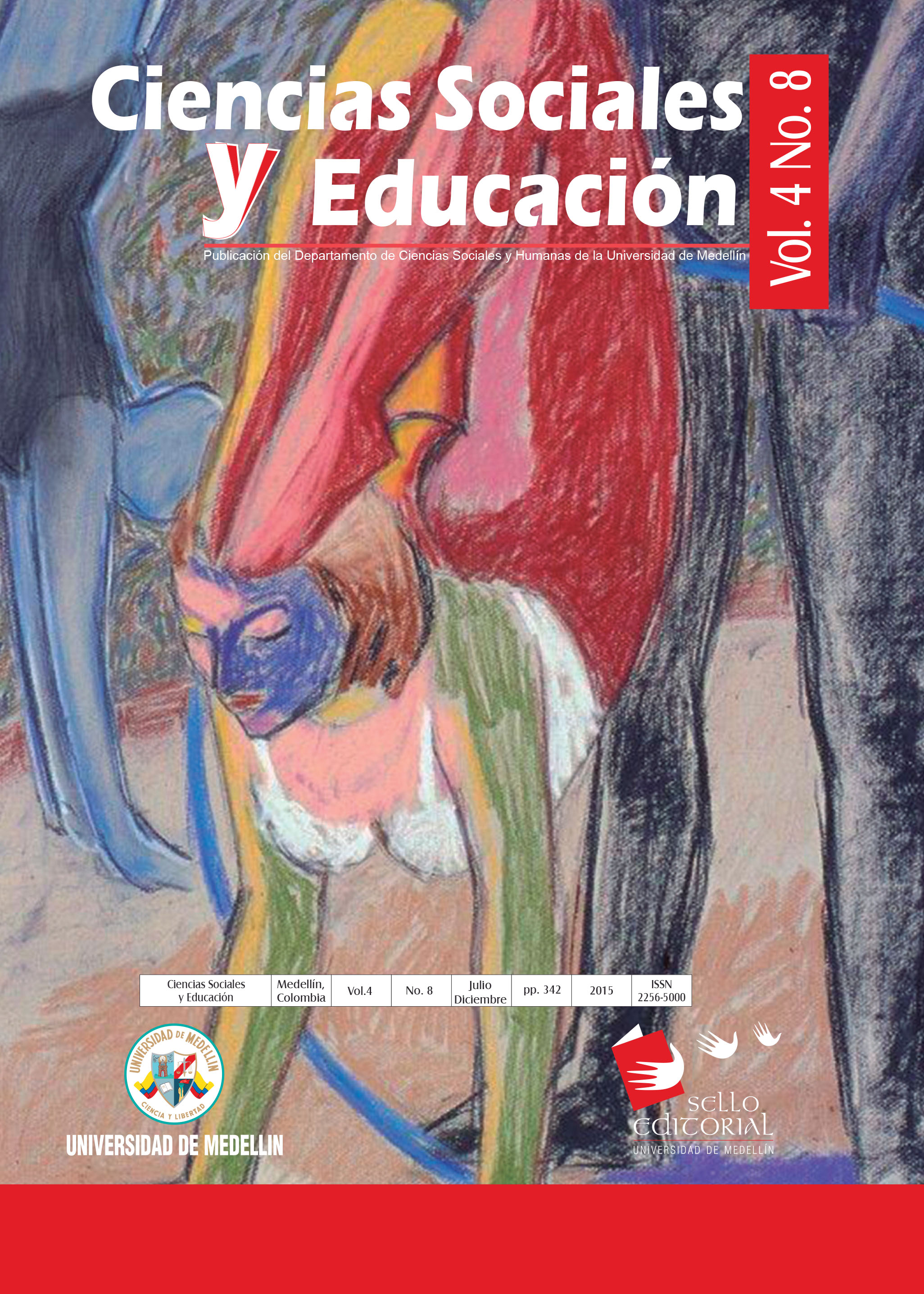Wall Expressions: Narratives and Silences to Build Dialogue
Main Article Content
Abstract
Â
Pedagogic senses and criteria unÂderlying wall expressions, as territories marked with languages of memory, are intended to interpret narratives and silenÂces. Then, dialogue emerges as verificaÂtion of inter-subjective transcendentalism assumed as a methodological point of view intended to locate the experience of meeting the image of the wall within a narrative vitality, within the phenomenoloÂgical research where epistemology implies memory, redefinition, and cleaning of indiÂviduals in language as an effect of dialogue construction that exceeds locations in time and space, as well as assumptions and preÂjudices in relation to reading and writing of world, life, and daily life. Â In relation to premises above, the situaÂtional perspective of pedagogy recognizes the question as an experiential and discurÂsive condition that witnesses the teacher’s commitment to phenomena of social and historical reality; a reality where the wall is an expression of evocation and creation of stories and, in turn, a path of interpretation in the finite experience of existence where education and teachers find the reasons to get involved in new readings and writings of the world from a position contrary to impunity and crime.

